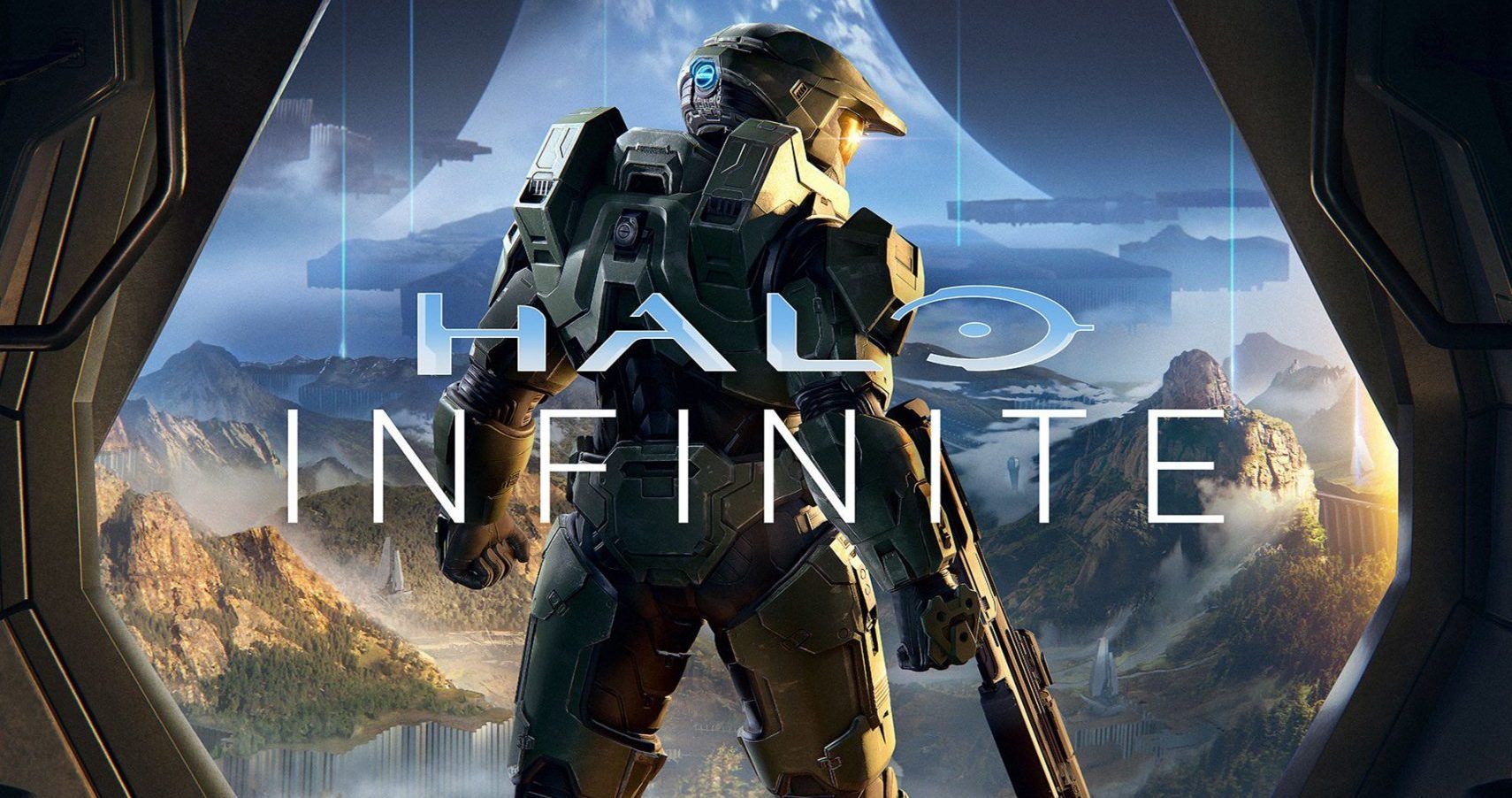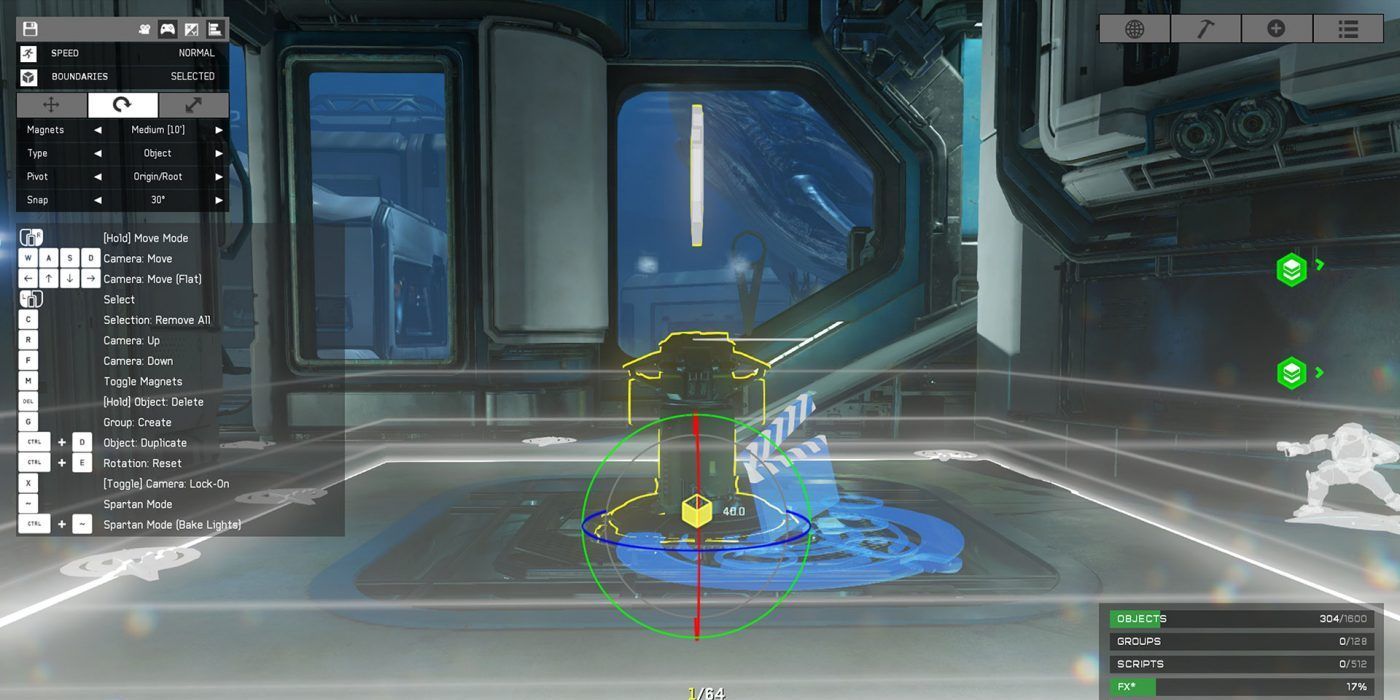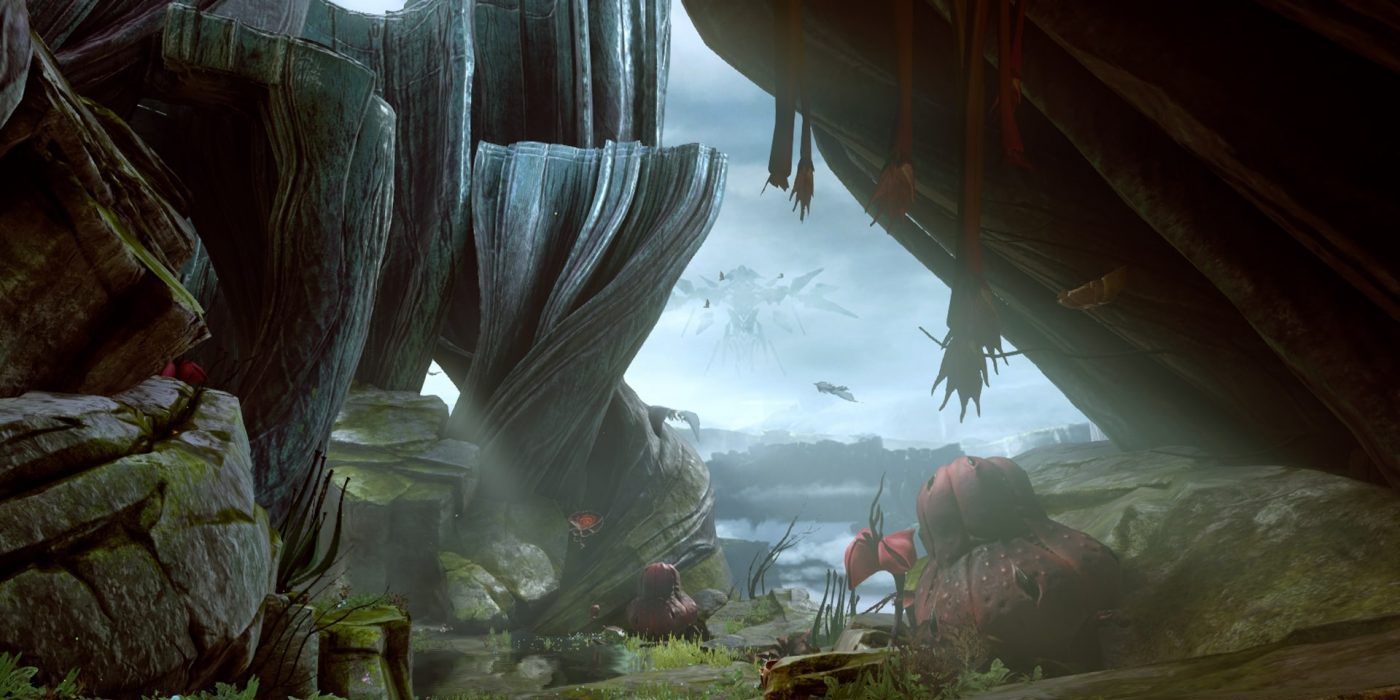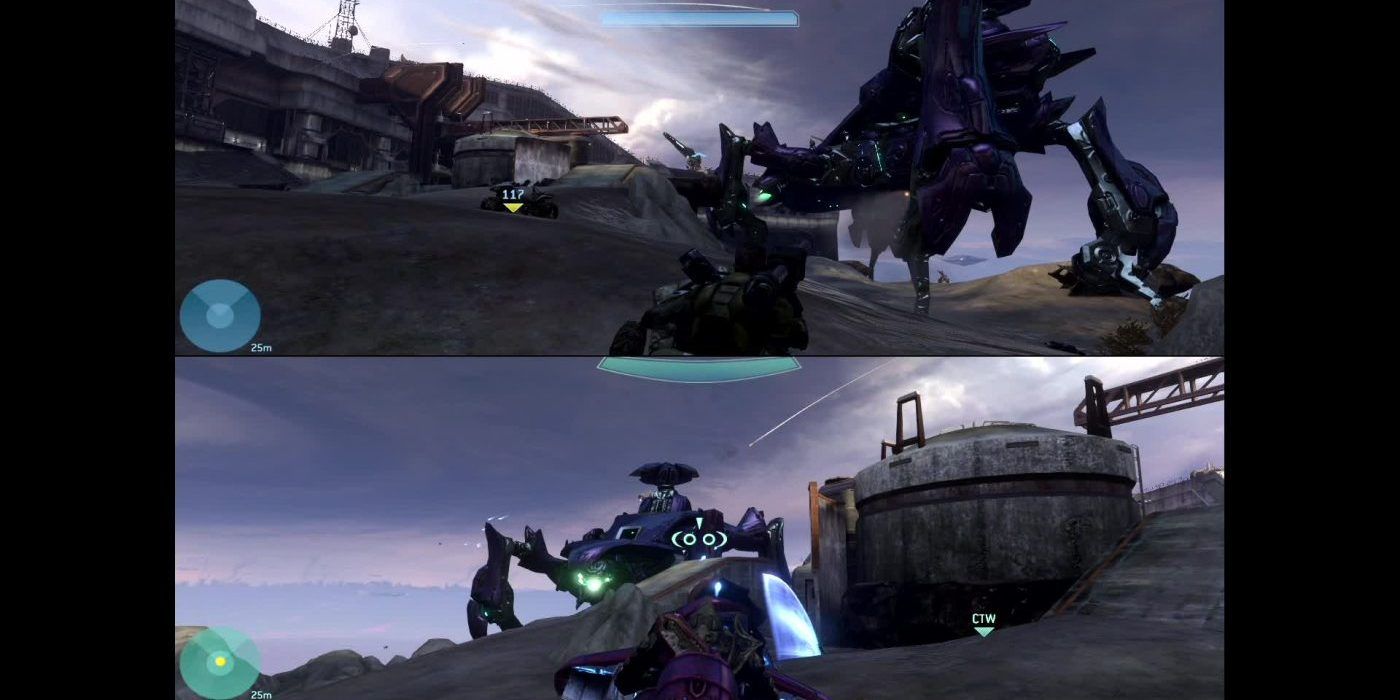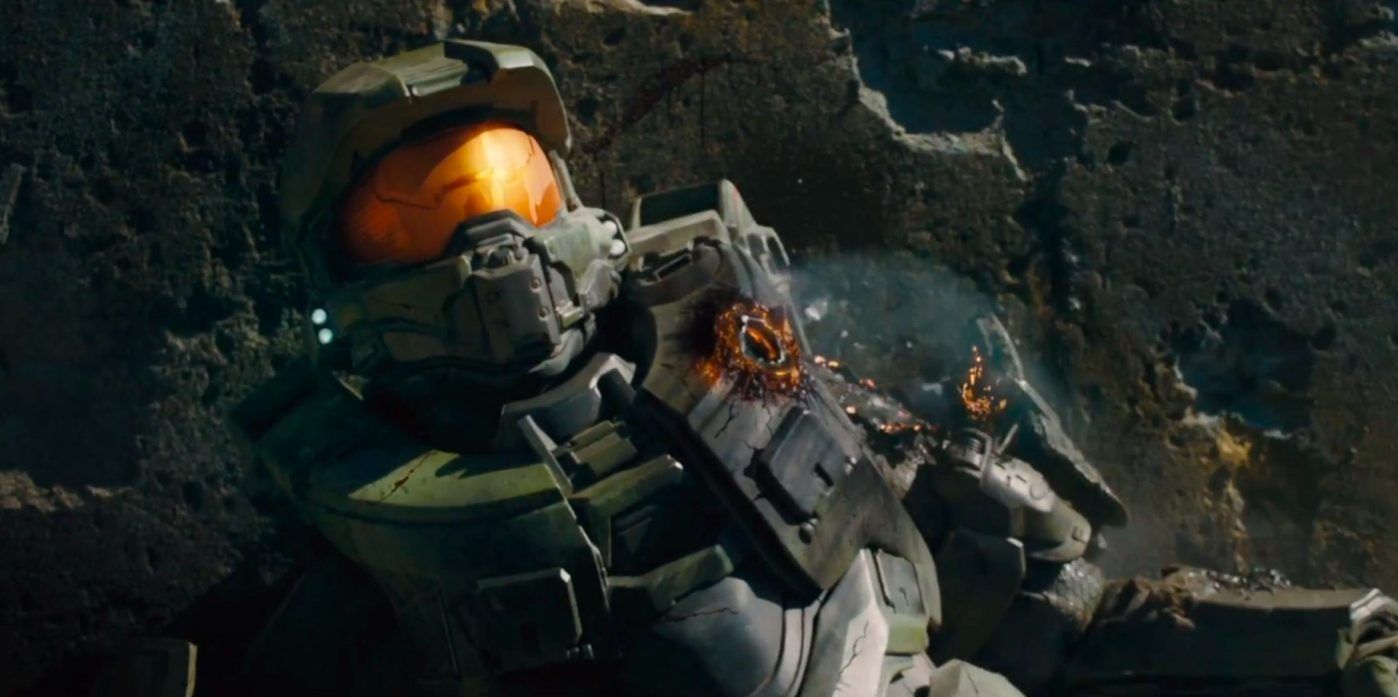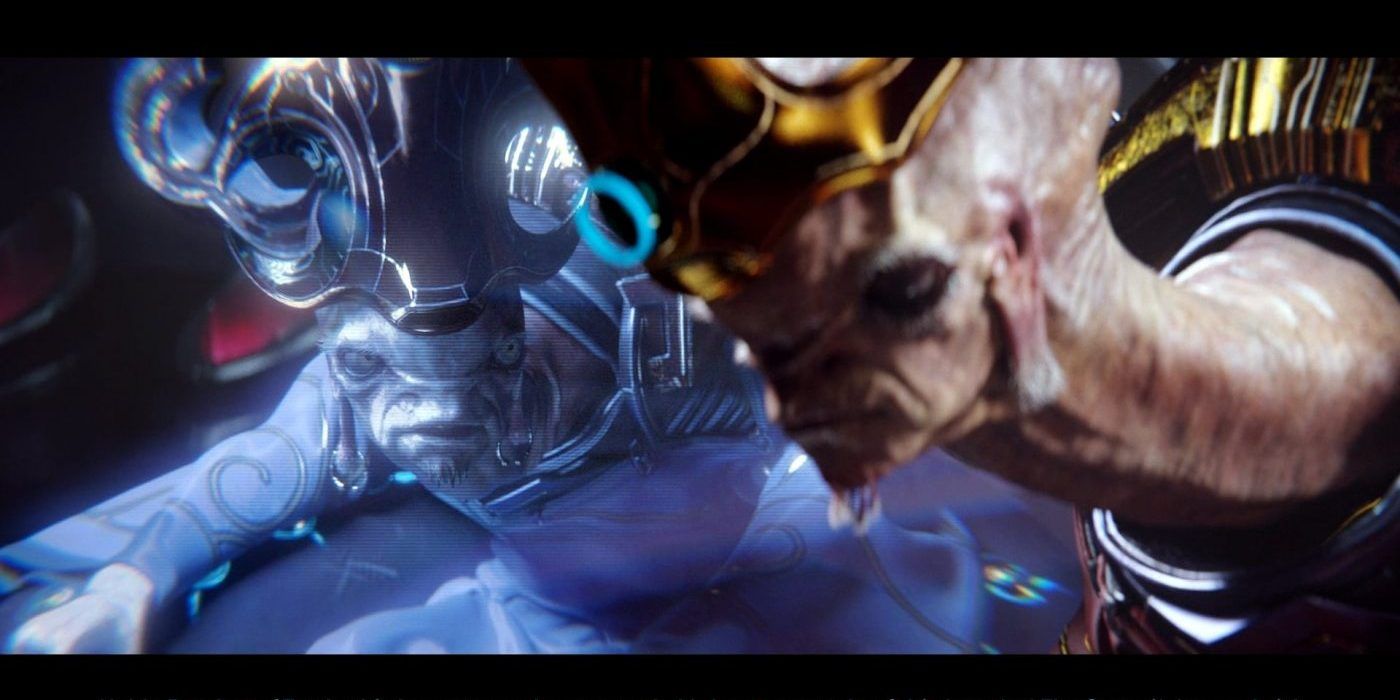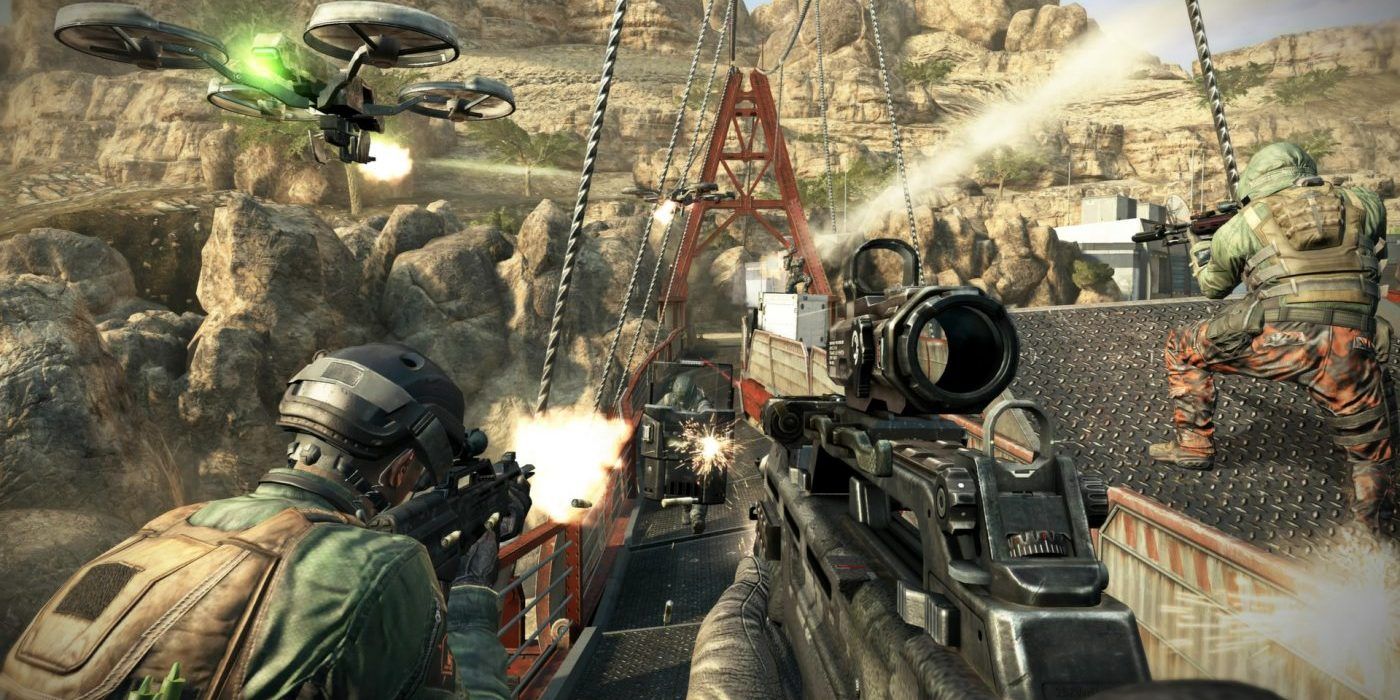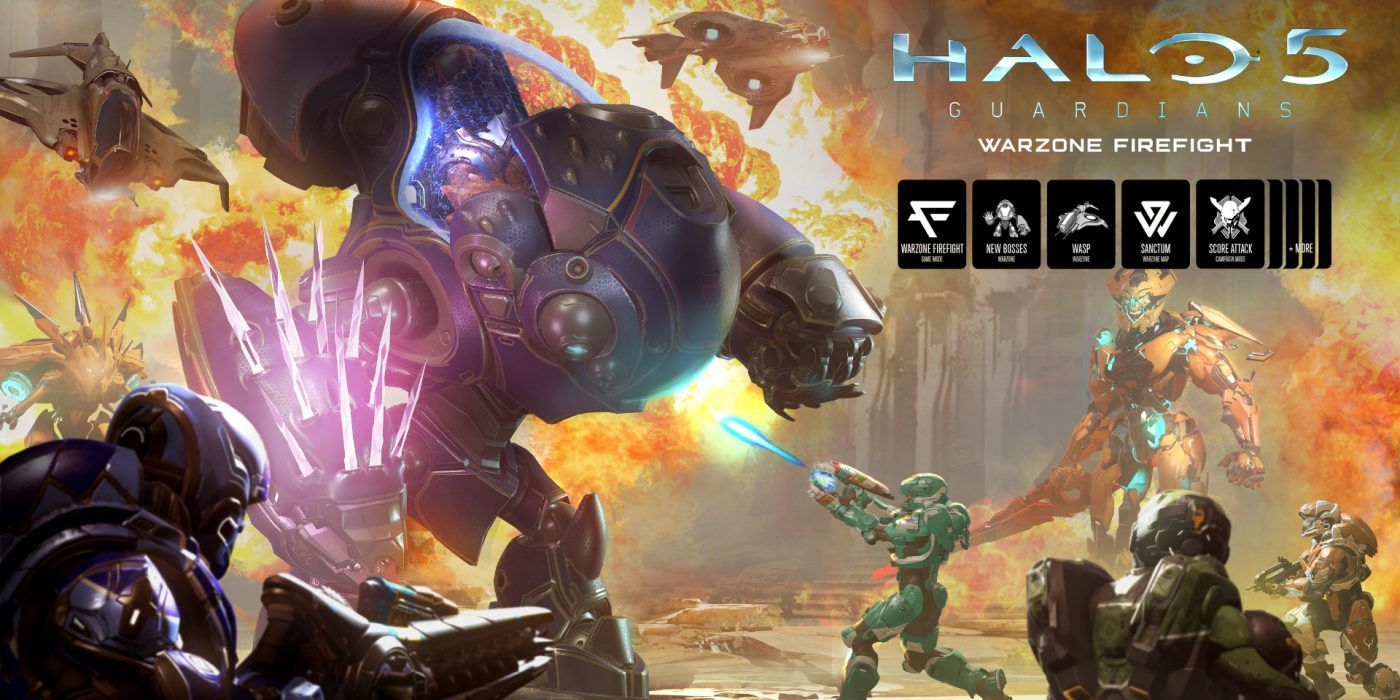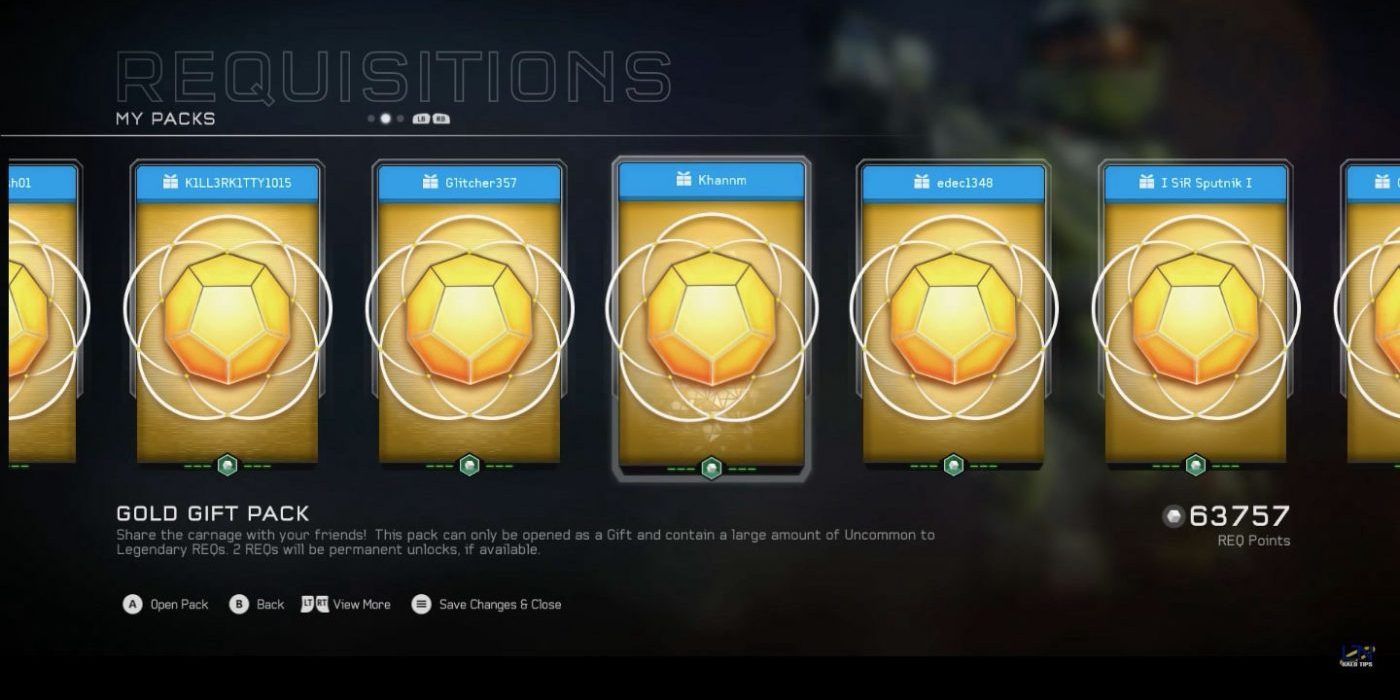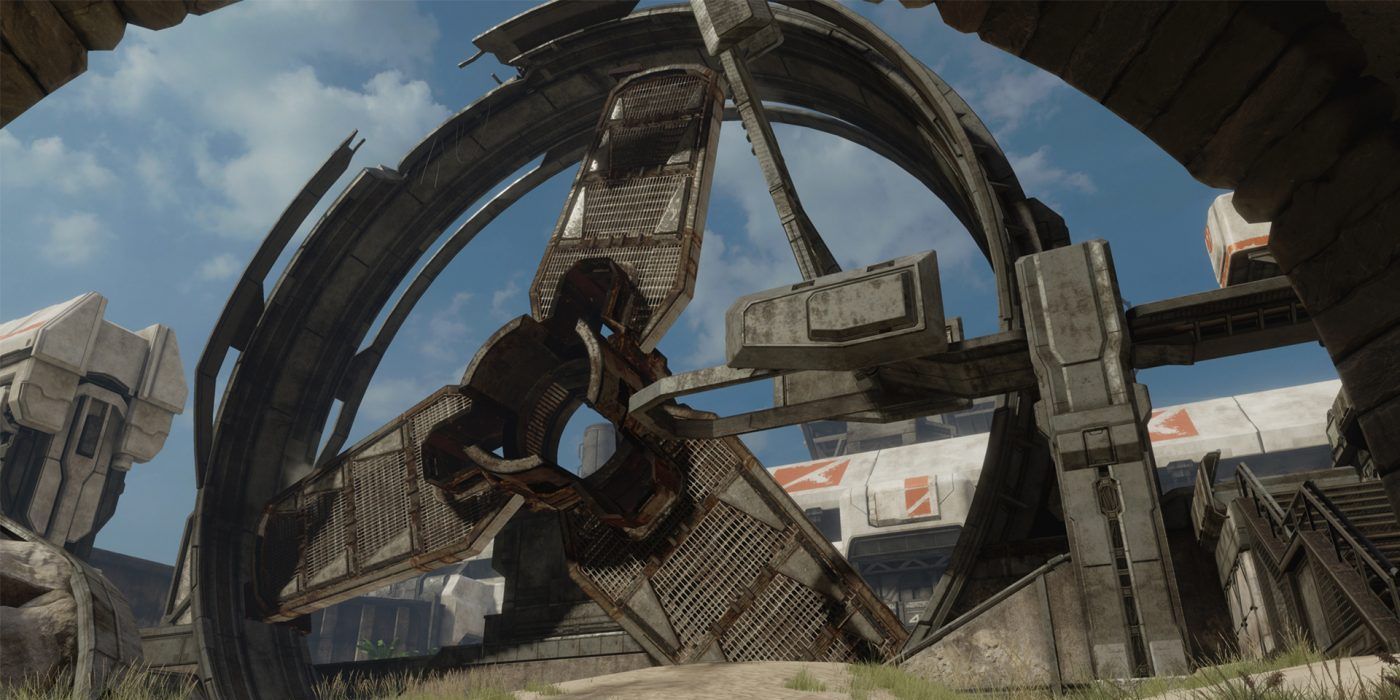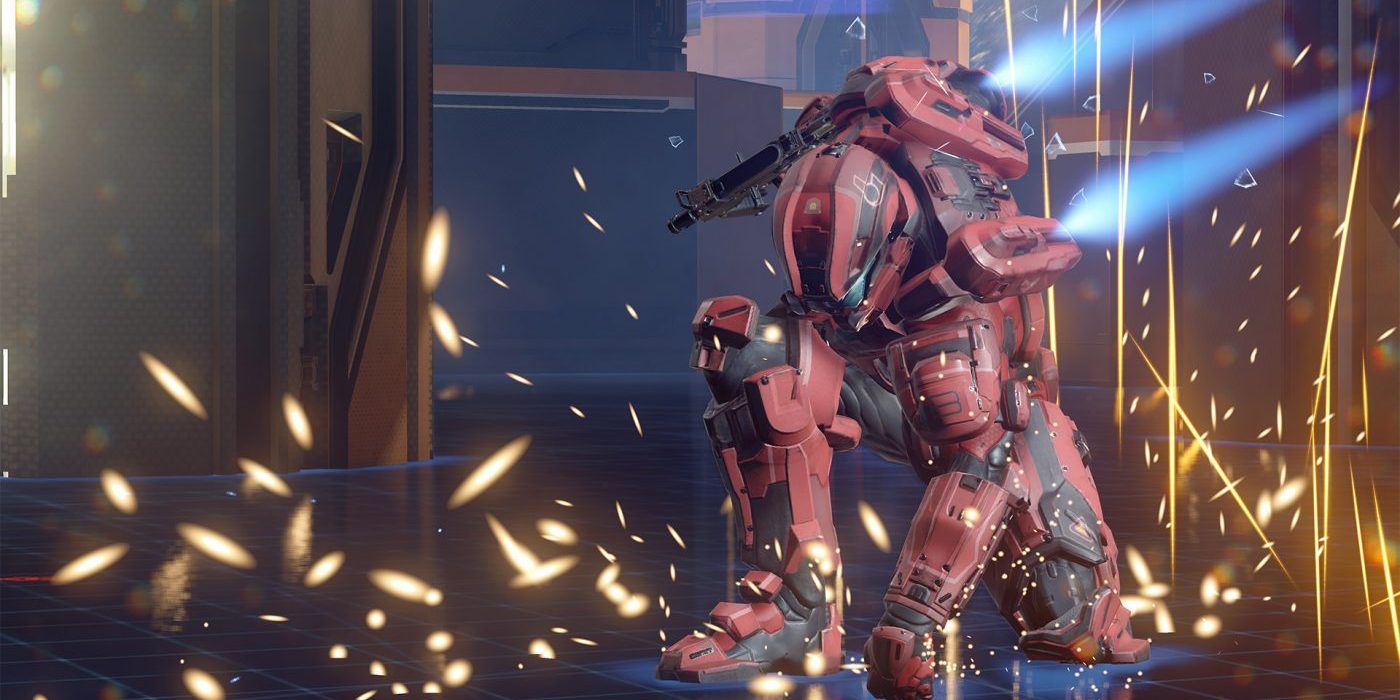We'll all be carefully scrutinizing 343 Industries' next installment in Microsoft’s flagship Xbox franchise, Halo: Infinite. At least, Halo used to feel that significant. The franchise doesn’t quite seem to carry the same clout that it used to. After E3 and many undelivered promises, the developers are in damage control mode, though that's most directly due to a poor campaign in Halo 5, the strange Squad system, microtransactions, and other controversial additions.
Still, many critics would have you believe that every fan should be pleased, and perhaps the game was more effective than some purists might feel. So, here are some suggestions for a successful Halo sequel, as well as some things that really shouldn’t carry over from Halo 5.
10 Needs: Elaborate Forge System
One of the mainstays of the Halo franchise has been the Forge system; a revolutionary feature that began as a mere “sandbox” in Halo 3, it’s basically allowed people to craft better maps and game types than the developers—particularly after modding became a thing.
Ultimately, it simply created a better sense of community, and the imagination ranged from the simple fun you might see on Rooster Teeth to elaborate maps designed for tactical pros. The accuracy of the item positioning, the breadth of available materials, and the scope of your canvas has increased dramatically—even if Forge Island was a letdown.
9 Must Drop: The Art Style
Given the new engine that 343 Industries will be running for Halo: Infinite, they should still summon the courage to restore the familiar art design of the series. This isn’t the rambling of a fanboy. Clothes can say a lot about a person and can project your personality. It’s the first impression of you that people get.
The Halo franchise seems to have gone out of its way in an effort to abandon itself, but those unique touches on everything from vehicles to enemies should always feel like the title you were promised. Instead of trying to fix what isn’t broken, keep what works and build on it. That was something Bungie got right.
8 Needs: Split Screen
It was an absolute travesty that Halo 5 never incorporated split-screen, no matter how many people might defend that couch co-op’s decline was warranted or needed. After all, Halo: CE and Halo 2 thrived as a phenomenon on the shoulders of that feature. It shouldn’t be included merely for the nostalgia factor, but as a recognition that actual friends might like to do things together in the same space.
Even families play together, but it’s harder for parents to play video games with their kids these days. To insist on some notion that we must only exist through our online personalities is nonsense. Now that we have the capacity for incredible graphics, we should be allowed one of the primary features that gave Halo its traditional personality.
7 Must Drop: Misleading Marketing
This is another obvious recommendation. There’s no question that people hate to invest hard earned money into something they were promised only to have their expectations shattered. Movies are often guilty of this, frequently when they don’t necessarily have a lot to offer you to begin with.
A director prone to misdirection, Shyamalan’s The Village was famously sold as a monster movie when in reality it’s just a strange romance story. And audiences didn’t care to have the rug yoinked from their feet. Nor did Halo fans, when the marketing leaned so hard into a confrontation between Locke and a rogue Master Chief. If you aren’t especially proud of what you’ve made, at least be truthful about it.
6 Needs: Engaging Plot
One thing we can all agree on is that the writing and characters simply weren’t up to par in Halo 5. That’s the general consensus since launch. Which is strange, because even between the original and its remarkable sequel, the world-building lore was exponentially increased.
Even when borrowing from staples like Predator and Aliens in its design and winking references, the franchise always had innovation and captivating fundamentals. The smallest of characters had such charming nuances, that given very little dialogue we could come to understand and care for them. Without a story that matters, the foundation is compromised before we begin.
5 Must Drop: Borrowing From Others
Sort of a compilation of some of the other suggestions on this list, there’s no denying that Halo basically has an identity crisis right now. That’s probably because the Master Chief story was done with, tidily wrapped with a bow at the end of Halo 3. Ultimately, Bungie got away with Reach because it was a prequel.
But a sudden effort to assume the characteristics of other games, namely the popular Call of Duty franchise, made Halo feel very unfamiliar. Any product should be completely true to itself, in entertainment. The trick isn’t to evolve with the times—the trick is to lead everyone else forward, instead.
4 Needs: Launch Content
We’d rather wait. Seriously—we would rather wait on the game’s launch if we can only have enough content to play when we first purchase the game. With every release demanding jacked up prices for different “editions”, we really just want a full game.
Remember when you could just put in the disc, and everything you paid for was actually there? For some reason, DLC has become a crutch instead of an expansion across a variety of franchises, and Halo definitely shouldn’t be one of them. Take the Monster Hunter: World expansion, Iceborne, for example; a year later, it continues the story instead of simply giving you a belated update with crucial content that should’ve been there from the start.
3 Must Drop: REQ System
The Requisition System is a truly curious feature, but one thing is certain—it has to go. While other franchises such as Star Wars: Battlefront II have committed to linear progression systems, there isn’t a gamer in the world that will defend microtransactions. Certainly not pay-to-win features. It’s a predatory tactic from developers who have more than enough money already.
It doesn’t help that the REQ packs are randomized, so it essentially replaces a progression system with a terrible grind. At least Halo: Reach gave you a goal to pursue, stockpiling points for the item you wanted.
2 Needs: Effective Multiplayer Maps
More than a few of the older map designs from earlier Halo installments became so popular that they were frequently remastered with various new themes for later sequels. This doesn’t just go for the obvious Blood Gulch, all you Red vs Blue fans. Unfortunately, recent maps just haven’t quite provided the same experience
Bolstered by new movement capabilities, there are endless layout problems, troublesome spawning choices, and Big Team Battle has especially suffered. Additionally, with such an emphasis on competitive multiplayer, they’ve forgotten casual gamers—and the fact that an idea for a map must be conceptually solid, first and foremost.
1 Must Drop: Multiplayer Mobility
This, in particular, is a generational clash. Many gamers probably started with a more recent Halo installment, which has been evolving mobility options quite extensively over the years. Sprint has been a common frustration amongst fans and was probably the first addition to spell doom for purists. But these decisions have only worsened, adding things like clambering and ground pound.
There was a time when your basic movement was enough to be strategically sound. Now, you’ve got a movement system that's practically akin to Apex Legends. When the new abilities are combined with poor map construction, a shootout doesn’t reward accuracy quite the way it used to. Sometimes, simply making something more elaborate doesn’t make it better.

